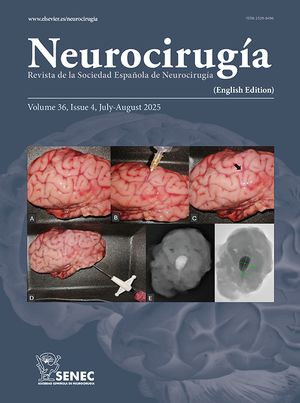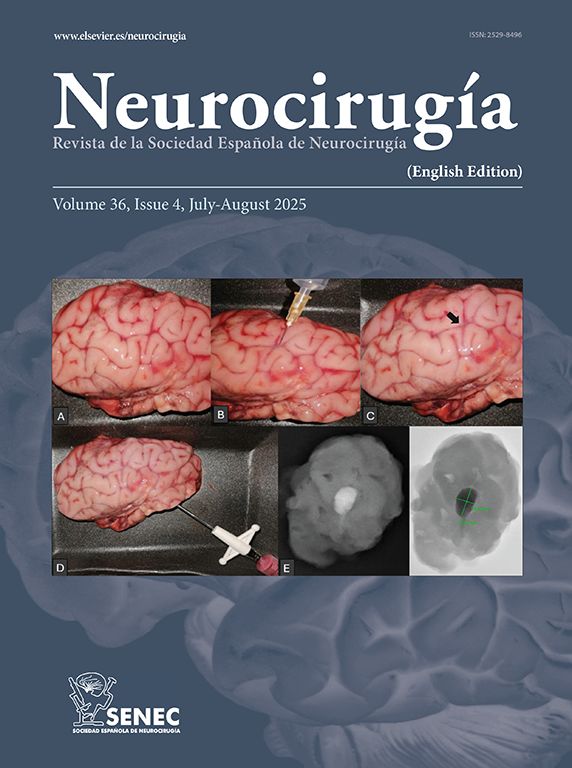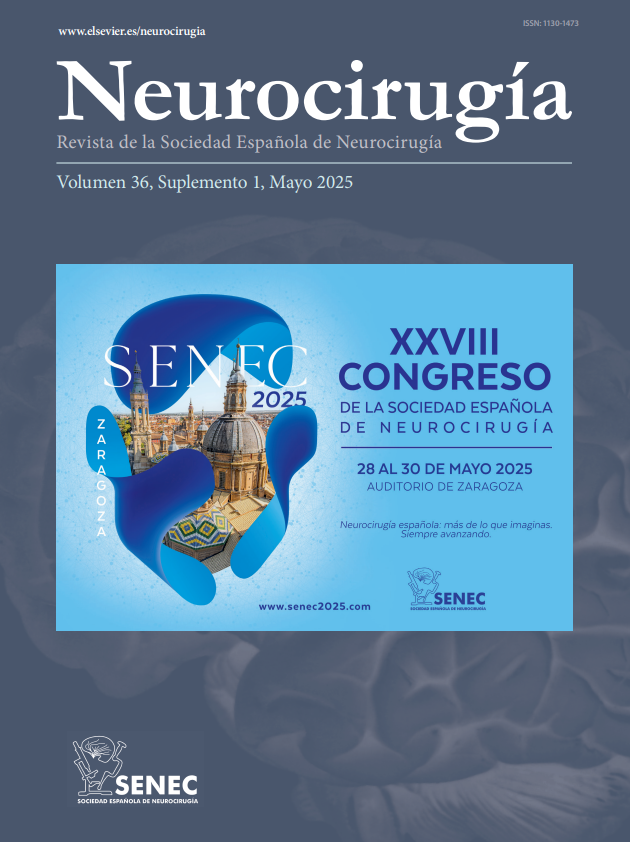
Edited by: Miguel Gelabert González. Neurosurgery Department, Santiago de Compostela, Spain
Last update: June 2025
More infoThis is the first of five papers describing the origin and evolution of the so-called Academic Neurosurgery which will appear consecutively in the journal Neurocirugía. The three firsts focuse on the emergence of the specialty in Europe and the United States and its development in the last country between the origins and the present moment, paying special attention to the foundation of the neurosurgical societies (SNS, AANS, CNS) with their respective journals and the configuration of the residency programs. The fourth analyzes the same issues in Europe and, most specifically in Spain, also from the beginnigs to the XXI century. The fifth describes the development of Academic Neurosurgery in a neurosurgical unit of one of hospitals created by the National Social Security System in the early 1970s.
The present paper describes the initiatives, difficulties and achievements of the pioneers at both sides of the Atlantic during the so called Gestational Period for creating the new and independent specialty of Neurosurgey conceived as a scientific and clínico-surgical activiy with an academic profil.
Este artículo es el primero de cinco enfocados sobre la génesis y evolución de la llamada Neurocirugía Académica (Ncgía-Acad) que se remitirán a la revista Neurocirugía para su publicación. Los tres primeros contemplan el nacimiento de la especialidad en Europa y los EE.UU. de América y su desarrollo posterior en este último país prestando especial atención a la creación de las sociedades neuroquirúrgicas (SNS, AANS, CNS) con sus órganos respectivos de expresión (Journals), y a la configuración del sistema de residencia de postgrado. El cuarto se ocupa de su recorrido en Europa, y más en particular de lo ocurrido en España, entre los orígenes y el momento actual; y el quinto se centra en la descripción de su desarrollo en un servicio representativo de la moderna red hospitalaria de la Seguridad Social creada en los 1970s.
Aquí se describen las iniciativas, dificultades y logros de los pioneros en la etapa inicial de la creación de la Neurocirugía (el llamado Gestational Period) para hacer de ella una especialidad independiente concebida como una actividad científica y clínico-quirúrgica de perfil académico.
Article

If it is the first time you have accessed you can obtain your credentials by contacting Elsevier Spain in suscripciones@elsevier.com or by calling our Customer Service at902 88 87 40 if you are calling from Spain or at +34 932 418 800 (from 9 to 18h., GMT + 1) if you are calling outside of Spain.
If you already have your login data, please click here .
If you have forgotten your password you can you can recover it by clicking here and selecting the option ¿I have forgotten my password¿.





